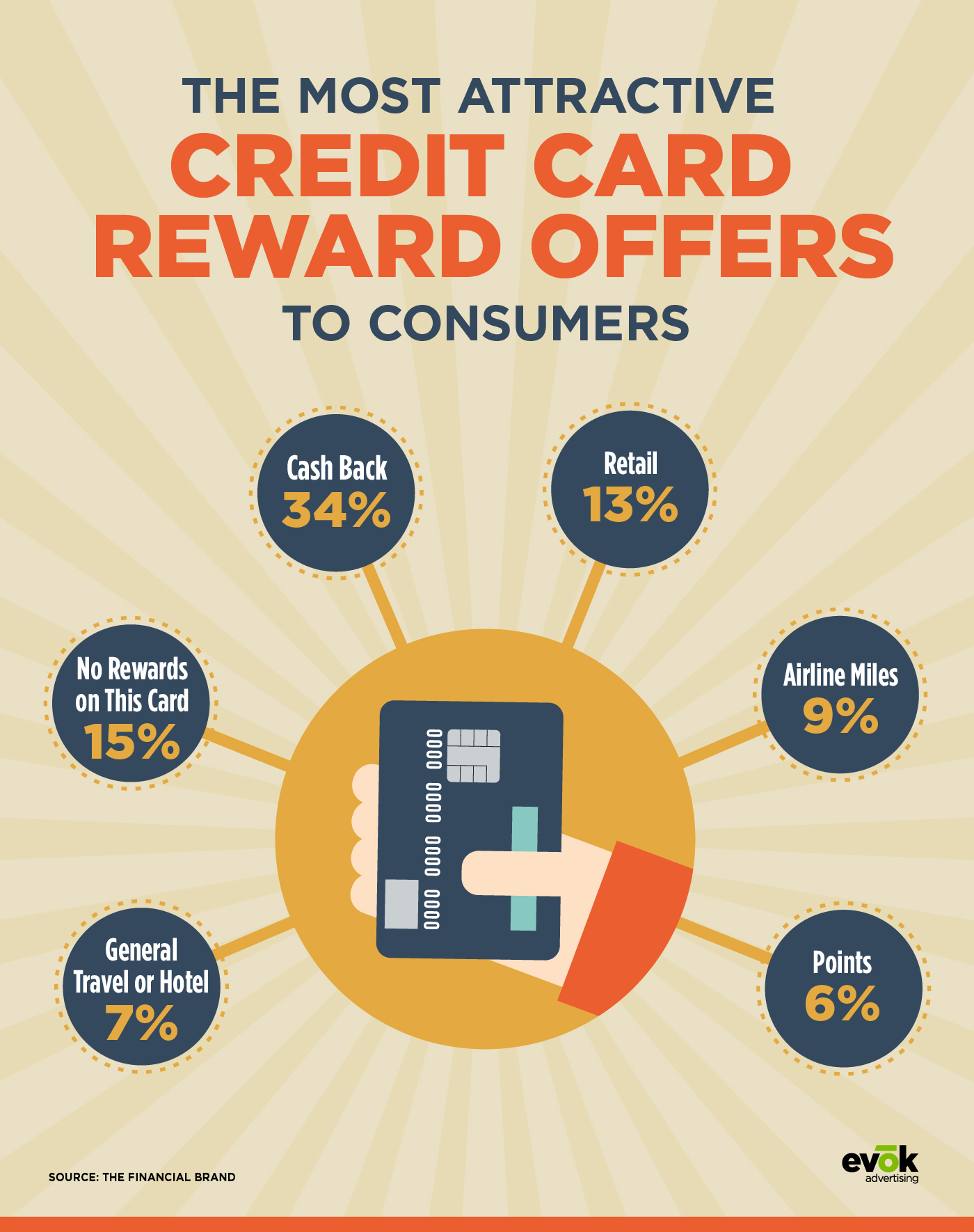
Credit Card Marketing Trends: Alleviating Consumer Confusion

While credit cards have been around since the 1950s, technology and consumer demand have driven rapid changes in the way financial institutions market their credit cards and the way audiences perceive offers. It’s important for these institutions to be aware of marketing shifts in order to make adjustments to their own campaigns. Here are four key marketing trends on the horizon that credit unions, banks and other players in the financial industry should keep an eye on.
Offer personal finance management tools
Despite these plastic cards being in everyone’s wallets, credit is still often misunderstood. Many credit card holders just swipe, swipe, swipe not realizing that they are accumulating unmanageable debt.
And in many cases, consumers don’t realize that credit can affect every aspect of their lives. A recent survey conducted by CareerBuilder found that 72% of respondents check the credit of prospective employees. Teaching people that poor credit scores can make landing a job or finding an apartment more difficult while providing tools to help them is a great way to create a connection with your members.
Alleviating the consumer confusion surrounding credit comes through education. In fact, lack of credit education can give credit cards and the companies that issue them a bad reputation amongst consumers.
Credit card companies can incorporate account tracking within their mobile apps by adding features that automatically create budgets based on the card holder’s spending habits, bills, and incomes, and even auto deposit in their savings account for rainy days. Working with cardholders in mind, Apple’s new credit card uses color-coded purchases to make it easy for consumers to have a clear idea of where the money they spend goes. Providing actionable, easy-to-understand recommendations so members can reach optimal financial health is a great way to provide the tools they need while staying loyal to their credit card.
More co-branded retail cards
Co-branded credit cards have become extremely popular in the United States. Currently, one American in two has a co-branded card and 64% of them use their cards at least once a month. While previously only provided by airlines and hotel chains, more and more brands such as Amazon, Uber, and Ikea have linked with credit card companies to offer enticing rewards.
Even with newer firms, like Apple, and more aggressive credit card marketing between companies, American Express continues to prosper. They continue to expand their credit card offerings by creating numerous co-branded cards with companies such as Starbucks and USAA. Humans, by nature, are drawn to rewards and are thus more likely to attach to a credit card provider through incentives from brand discounts and points at major online and local retailers.
It’s important to note that the reward matters. Gone are the days where co-branded credit cards offered a mundane 1% back on purchases made outside the brand. Uber’s card offers a whopping 4% back on dining and 3% back on hotel and airfare purchases. Such rewards can be lucrative for the merchant as it encourages spending and can also encourage greater shopping loyalty.
All that to say, affiliate marketing and collaborative partnerships are the ways to go!
Direct-mail offers are declining
Based on input from 3,000 consumers, Mintel reports that direct-mail response rates to credit card offers have been declining. This trend may stem from how simple it is to hop online and apply for credit cards without having to get off the couch and find a stamp. Of credit card applicants, 33% of them will use a smartphone to apply, 29% will use desktops, and 11% will use a tablet.
Neil O’Keefe, a senior vice president with the Direct Mail Association division of the Association of National Advertisers, said that while in 2007 companies sent more than 133 billion pieces of direct mail to U.S. consumers, in 2017 that number was drastically decreased to 83 million. So, if not direct mail, how can institutions reach potential new credit applicants? A study by MediaPost showed that 13% of credit card offers are made on card issuers’ websites, 10% are delivered via third-party websites, 6% by mobile apps, and 6% through social media.
Expanding credit card offers to reach to subprime groups

The percentage of consumers receiving a credit card offer rose from 54% to 67% over nine months last year, suggesting that card marketers are making efforts to either reach new demographics or under-served segments. The reason for this apparent shift is the changes in metrics that determine credit eligibility. While credit standards are not getting looser, programs like VantageScore are making it easier to build a credit score.
VantageScore was launched in 2006 and, unlike FICO, it considers data such as rental payments, public records, and utility bills. More people, such as students who might not use credit as much, will be brought into the credit rating system increasing their eligibility for credit cards. FICO recently followed suit and launched the UltraFICO pilot program bringing in a lot more people who previously would not qualify.
With people building their credit scores more easily, credit card companies are using this as an opportunity to advertise to a greater percentage of people who would be considered subprime (FICO score below 670 or so). Shifting marketing from physical to digital, and expanding target groups makes this the perfect time for companies to acquire new members.
New competitors, technologies, and target groups mean that credit card marketing needs to evolve. Walking with consumers on their financial health journey, finding new value in sharing and collaborating with brands, shifting to digital offers, and targeting previously subprime groups are just a few ways you can set your credit card company apart from the crowd.